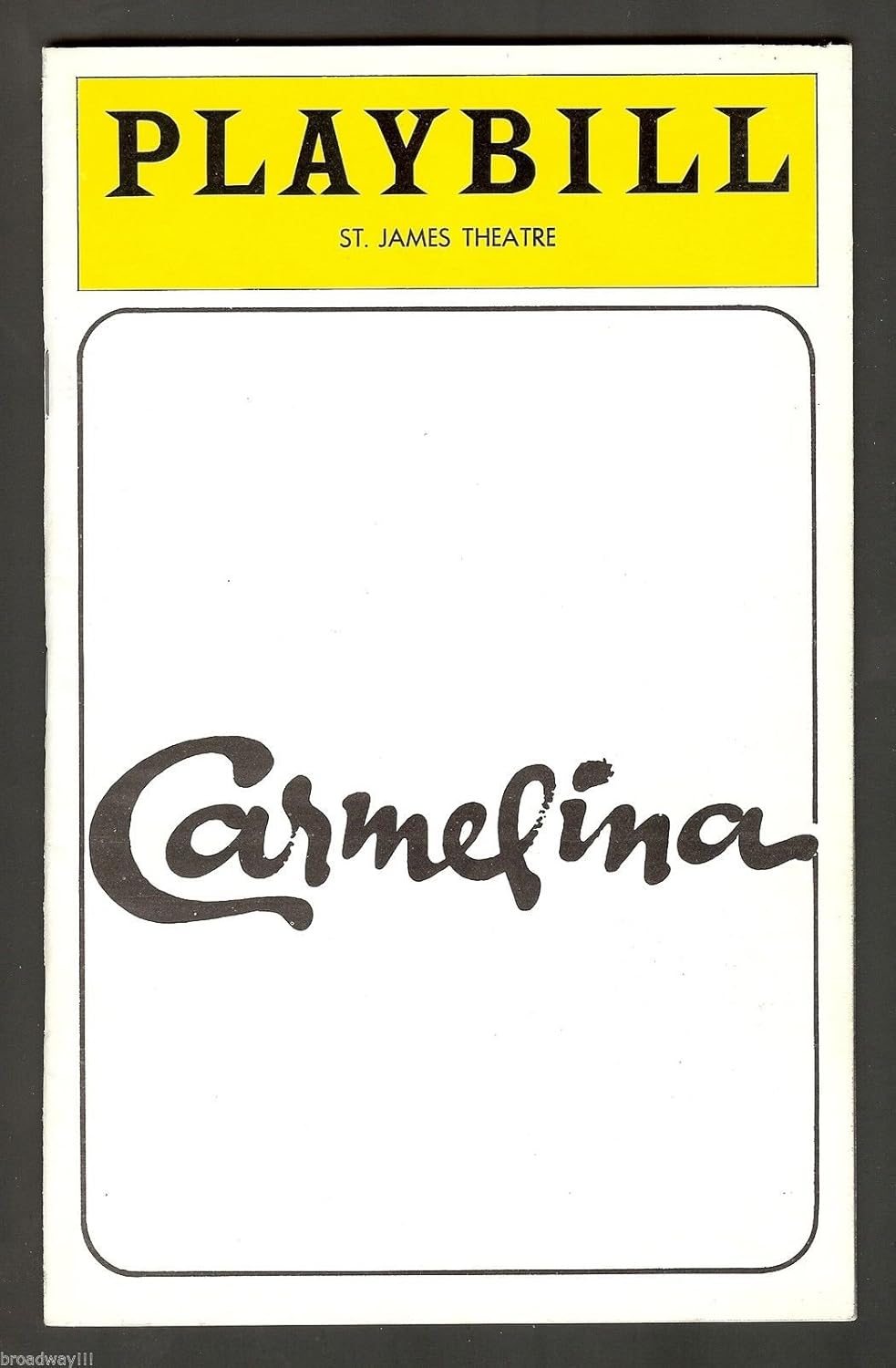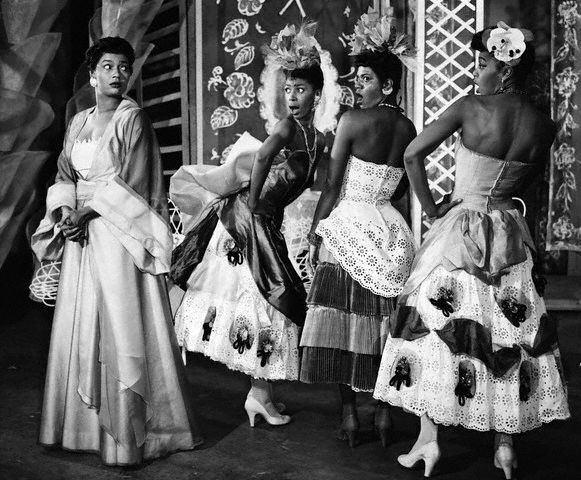
Composer Frank Wildhorn is a bit of an anomaly on Broadway. So far he’s written the music for six different Broadway shows. And while his first musical Jekle & Hyde ran for three years, not a single show of his closed in the black (including the unnecessary 2013 revival of Jekle & Hyde).
One problem with Mr. Wildhorn might be his classics illustrated approach to show writing. Having written shows based on Dracula, The Scarlet Pimpernale, Bonnie and Clyde and Frankenstein (the later produced in regional theaters) you have to wonder if this guy is capable of thinking outside of the box? It’s also hard to pick a biggest flop out of the bunch, but the 2011 flop Wonderland can’t help but stand out.
As was typical of Wildhorn, he first recorded a concept album. The show then had it’s premier in Tampa in 2009. It looked like it could have a life in regional theaters, but the producers decided instead to bring the show to Broadway.
Rather then sticking to the Lewis Carroll original, Wonderland centered on a grown up Alice living in Queens. Her daughter Chloe ends up following the rabbit to Wonderland, and Alice has to go and save her daughter from the weirdoes down that rabbit hole.
The fact that Tim Burton’s hugely successful film version of Alice in Wonderland had been released earlier that year didn’t help. Neither did the fact that the film version also had a grown up Alice returning to Wonderland. The songs sounded generic and the costumes looked like they were picked up at a Wicked yard sale. Critics cried “off with it’s head” and the tea party was packed up after less then a month. But like many of Wildhorn’s shows, Wonderland has found some life in regional theaters.








